Chances are some of your favorite songs, books, or movies involved cannabis-infused inspiration at some point during their creation.
Same story for some of your favorite businesses and brands.
At a more personal level, you could also apply cannabis creativity (with a focus on empathy) to more than a few saved marriages.
Creativity is more than just artsy vibes and marketing campaigns. It’s about navigating life’s personal and professional challenges with an open mind, a relentless sense of curiosity, and a taste for connecting new ideas to old things.
If cannabis can really help with that (which it can), then why not learn and teach how to harness this tool at will?
Creativity is an important skill, and there’s nothing wrong with using a little cannabis to get there.
As with all things cannabis, there are plenty of caveats and complexities when using it for creativity, and all of it is incredibly worthwhile.
Science fails to capture the cannabis-infused creative process
Consciousness Researcher and author Dr. Sebastián Marincolo has been studying cannabis and creativity for more than a decade.
Marincolo, through numerous essays, articles, and books such as What Hashish Did to Walter Benjamin, has plumbed the depths of cannabis and creativity like no other.
“There are many different types of creative processes,” Marincolo explains, “Most of the studies we see published on cannabis and creativity are flawed from the start because their very design overlooks the complex nature of creative processes.”
For instance, this 2014 study published in Psychopharmacology claimed that lower dosages of cannabis had zero impact on creativity while higher doses impaired divergent thinking.
Try telling that to Maya Angelou or William Shakespeare if they were still around (yet their cannabis-inspired work lives on).
Meanwhile, this 2017 study found that cannabis users in general tended to have more creative personalities to begin with, whether sober or high. Cannabis simply helped them be more open.
Not exactly a tangible, concrete study result, is it?
Creating foundations in cannabis and creativity
The foundation to much of Marincolo’s work over the past decade started through a collaboration with the late Dr. Lester Grinspoon. It was Grinspoon who broke cannabis barriers in academia when he published Marihauna Reconsidered in 1971, a book that challenged anti-cannabis sentiments.
Notably, Grinspoon would go on to become clandestine smoking buddies with fellow Harvard professor Carl Sagan, who wrote this about cannabis and creativity in his famous essay “Mr. X”:
I find that most of the insights I achieve when high are into social issues, an area of creative scholarship very different from the one I am generally known for. I can remember one occasion, taking a shower with my wife while high, in which I had an idea on the origins and invalidities of racism in terms of gaussian distribution curves. It was a point obvious in a way, but rarely talked about. I drew the curves in soap on the shower wall, and went to write the idea down. One idea led to another, and at the end of about an hour of extremely hard work I found I had written eleven short essays on a wide range of social, political, philosophical, and human biological topics. Because of problems of space, I can’t go into the details of these essays, but from all external signs, such as public reactions and expert commentary, they seem to contain valid insights. I have used them in university commencement addresses, public lectures, and in my books.
Carl Sagan, Mr. X
Due to Sagan’s work in astrophysics and with NASA and television, not to mention the book deals, he obviously had to keep his personal cannabis use a secret up to his death in 1996.
Who knows what would have happened to Sagan’s career had it become public (fame-wise, the best comparison is Neil deGrasse Tyson). Yet, cannabis was clearly a tool that Sagan cherished during times of private work and play.
How many other “Carl Sagans” so to speak would emerge if cannabis creativity was openly taught, explored, and embraced?
Take what you will from the current science in this area. The real mystery behind cannabis and creativity lies in learning how to effectively use it as a tool.
Cannabis can help or hinder productive creativity
For anyone approaching cannabis as a creative tool, one of the most important things to learn is where it helps and where it hinders.
Cannabis can be a great tool for creativity, Marincolo explains, but it can also negatively interfere with your creative output in many ways.
“There are many different types of creative processes,” Marincolo continues. Imagine a musician composing a song and then that same musician performing a guitar solo on stage. Different skillsets are required in each situation.
“For some musicians, a high may help when composing or improvising but may interfere with their timing or hand-eye control (or vice versa),” Marincolo notes.
Or imagine if you set out to write a novel. You’ll have to do research, generate plot ideas, create characters, dialogue, compose, and revise. Cannabis may help during some parts of the process and slow you down during other phases.
“For instance, some writers feel that a cannabis high helps them to generate ideas but interferes with their ability to write because their focus becomes too jumpy,” Marincolo says.
Critical factors for maximizing creative potential with cannabis
If you desire to embrace cannabis as a creative tool, there are a few essential factors you’ll want to consider for best results.
#1) Cannabis Quality: If you have safe access to quality cannabis, you’re a major step ahead over much of the world. With inferior cannabis, you’re more likely to experience sedation from the THC converting into CBN after it is damaged or old.
Mystery cannabis products from the informal market also run a greater risk of contamination, such as pesticides, molds, bacteria, etc. It’s hard to be creative when bad cannabis is making you sick.
If you have no access to a cannabis testing lab, you can always try reading the ash for signs of contamination.
#2) Dosage: How much cannabis are you taking? Too low of a dose may not get the job done. Too much will be a distraction.
Figuring out what dosage levels and frequencies work best for you in different situations requires a bit of practice and maybe a some journaling to help you remember what works and what doesn’t.
#3) Cannabis Varieties: Some cannabis cultivars will put you to sleep, others will leave you feeling energetic and creative. If you really want to dial in here, pay attention to terpene profiles more so than indica vs sativa categorization. And again, you may need to make a few notes to help you remember which cultivars work best and when.
#4) Set and Setting: This phrase refers to your mindset and your immediate environment going into a drug experience. For creative focus, you’ll want to choose a time and place where distractions are minimized.
Set and setting can also be curated for specific intents and outcomes. Maybe your creative solution requires a peaceful stroll through nature, a journaling session, or perhaps a lie down on the carpet with eyes closed while tribal drum music plays in the background and life, the universe and everything unspools into your mind’s eye.
#5) Methods of Consumption: Edibles, capsules, tinctures, smoking, vaping, etc. … While there is no wrong choice here, finding which methods suit you during specific creative efforts could take some time.
The more opportunity you have to familiarize yourself with the different options, the more strategic you can get with your approach.
Are you still missing out on The Bluntness newsletter? Sign Up today to stay in the loop.
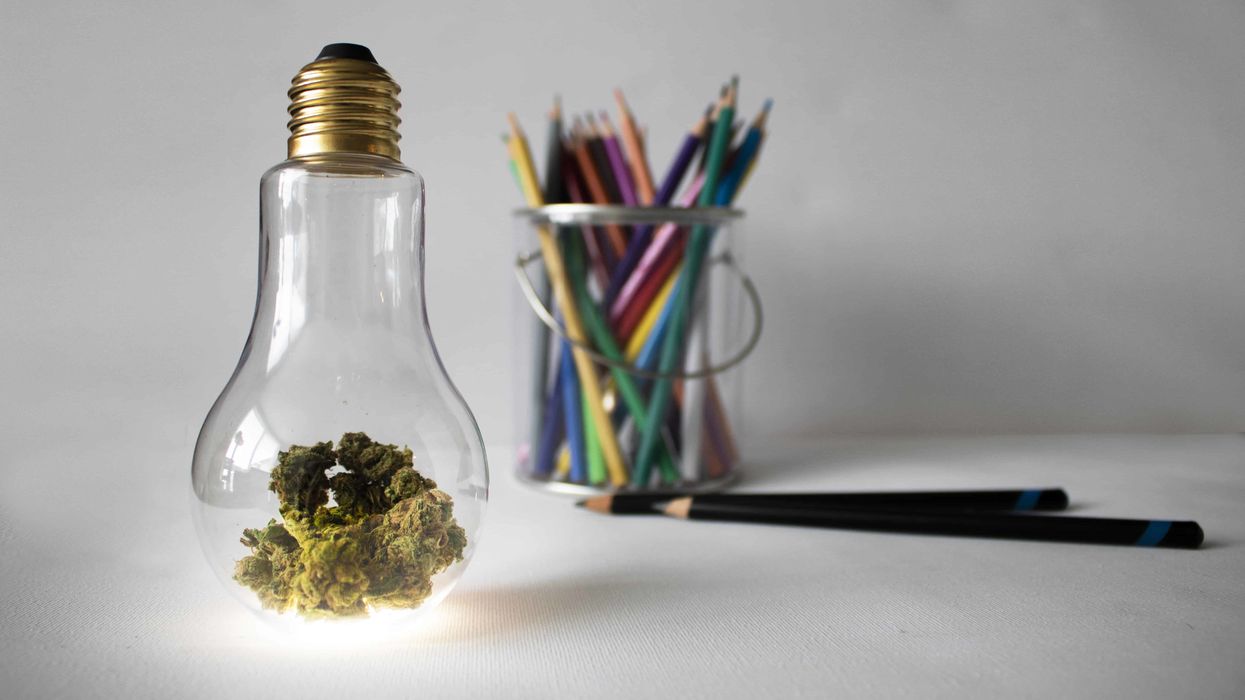

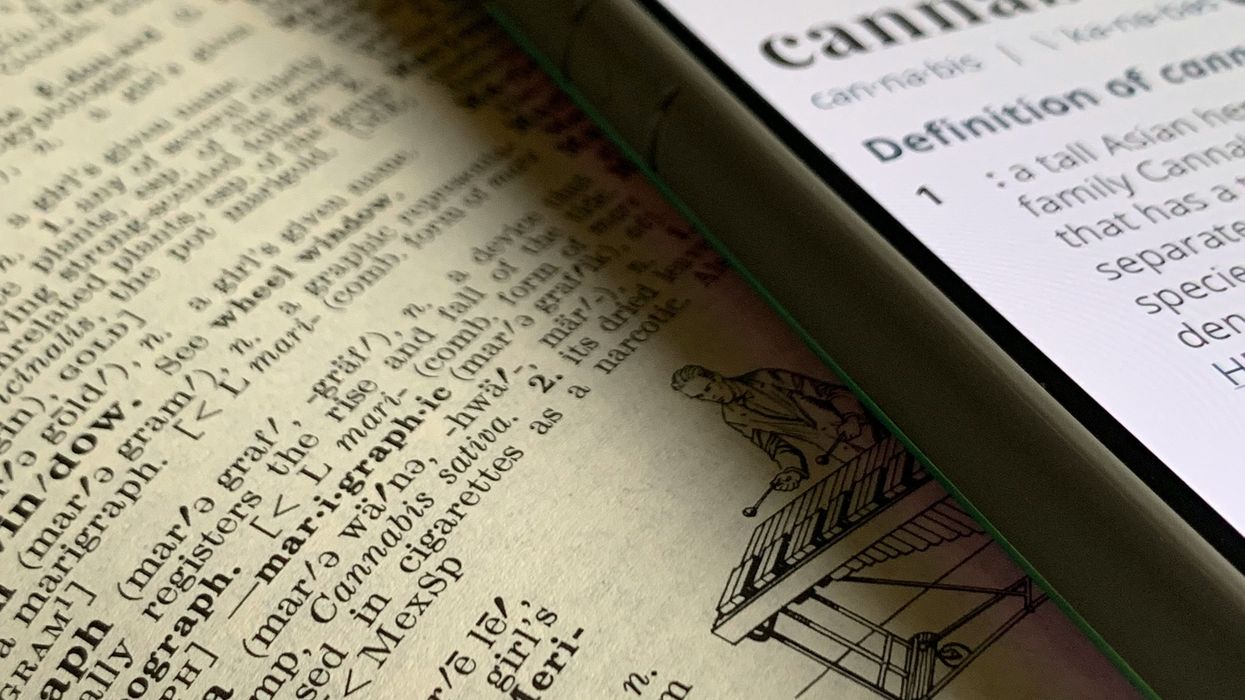
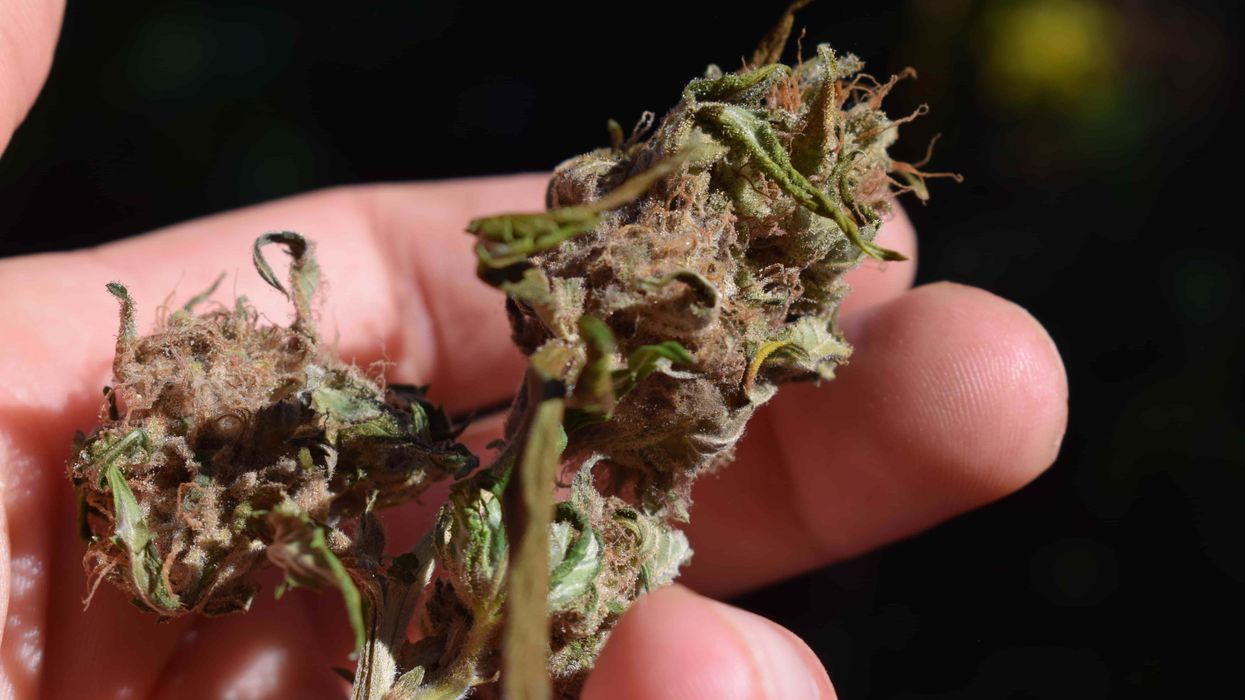
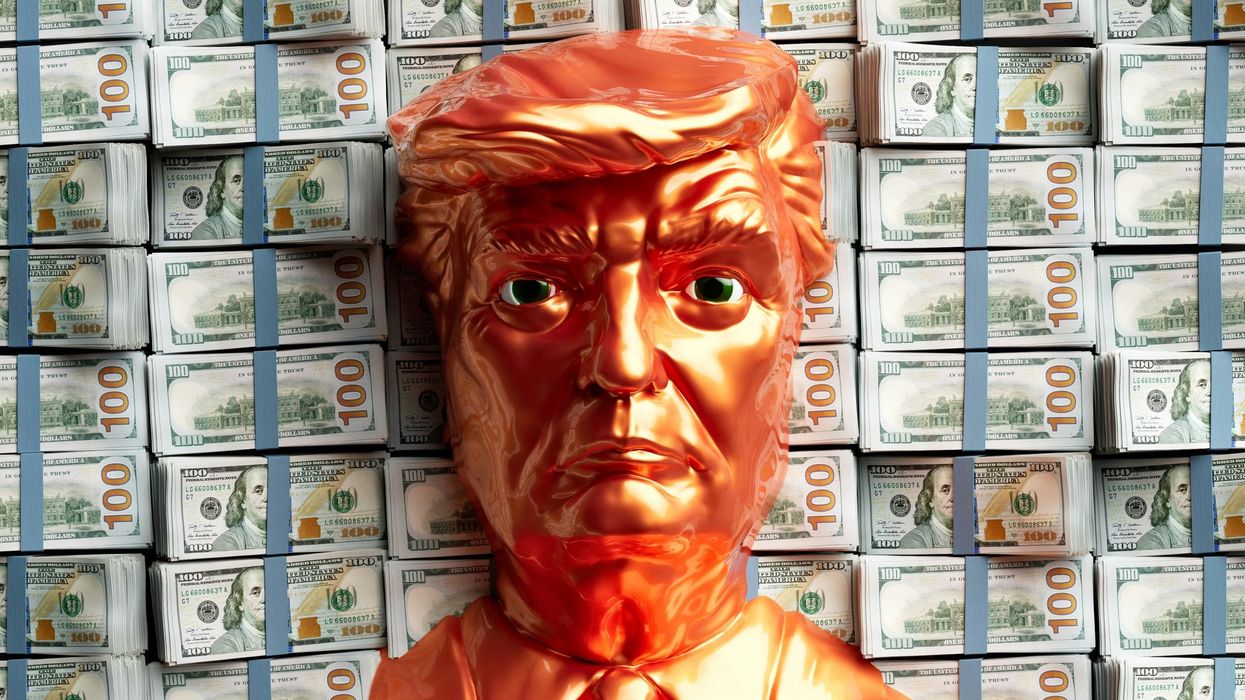
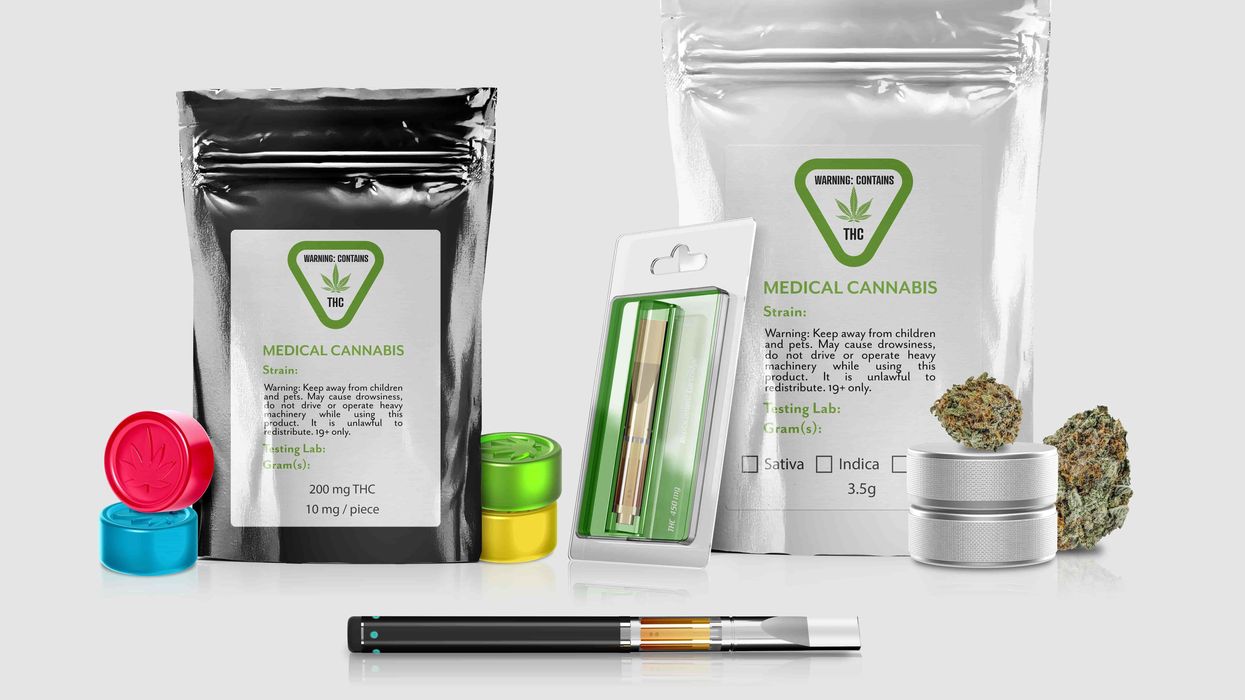
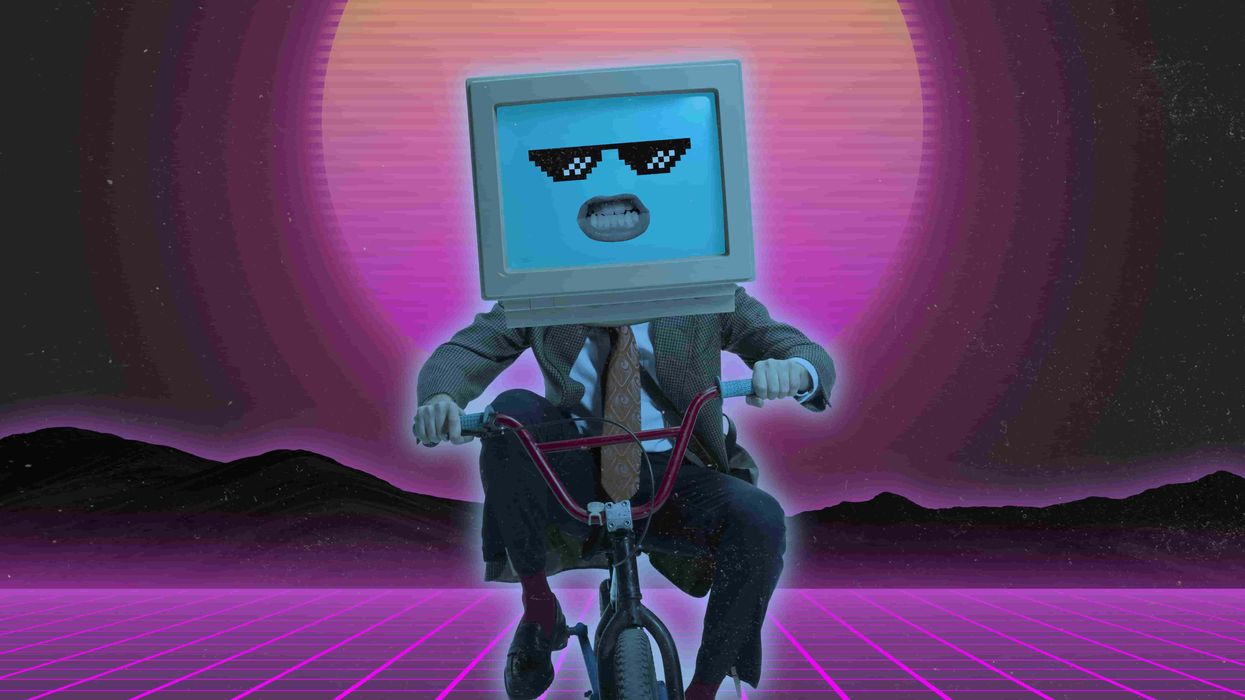
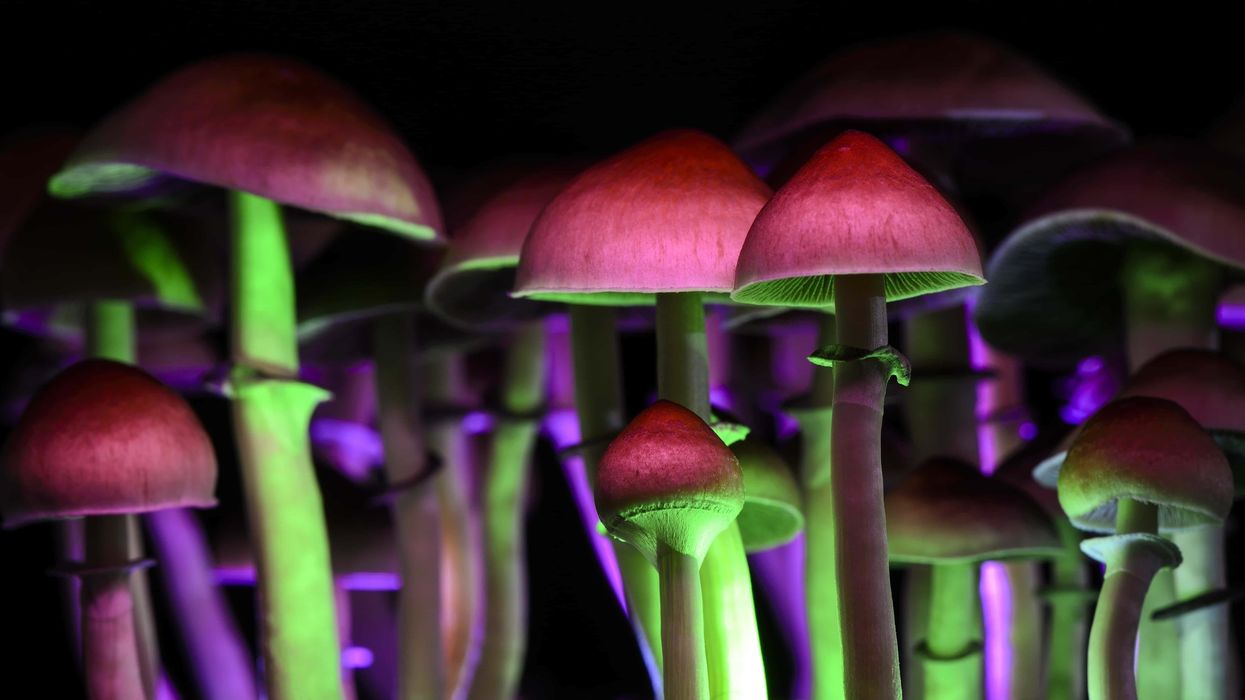
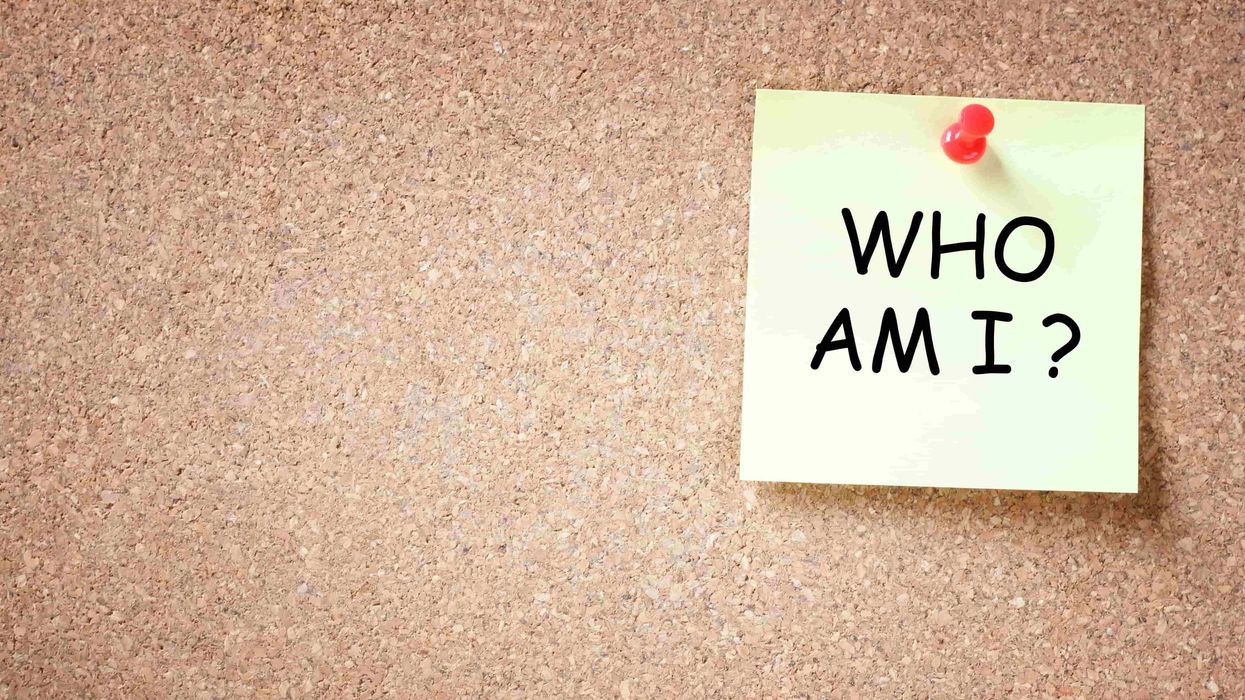

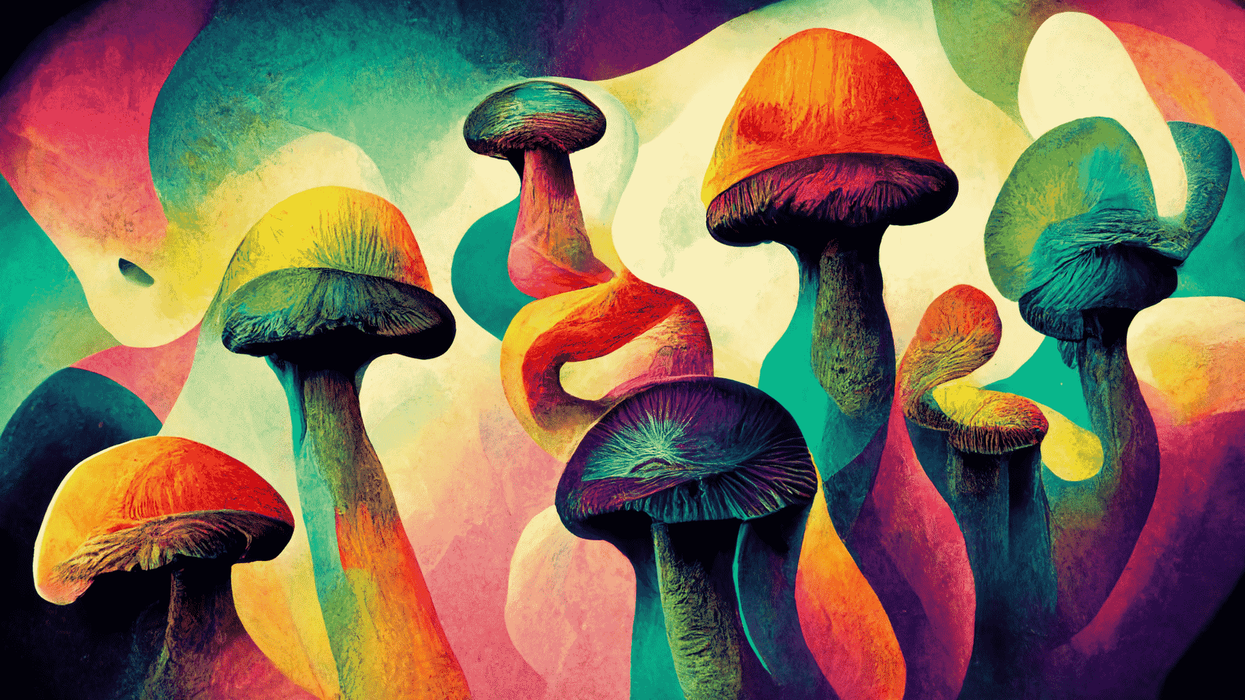
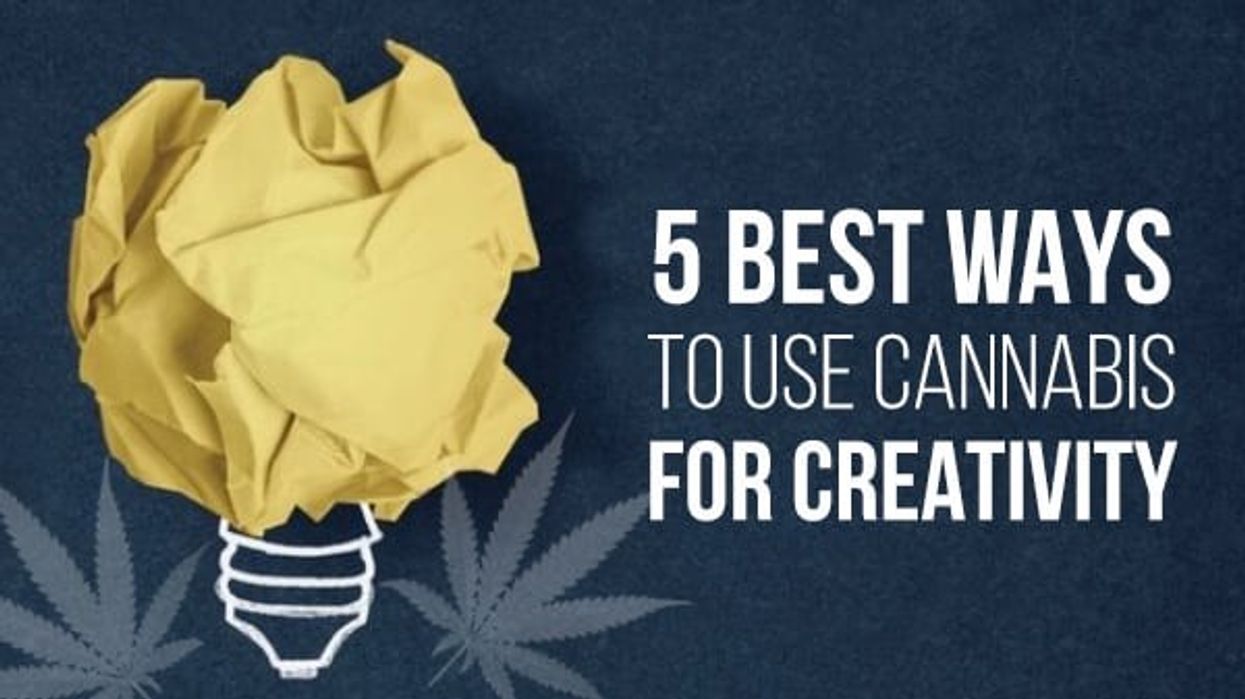

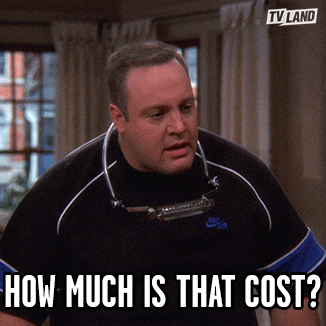
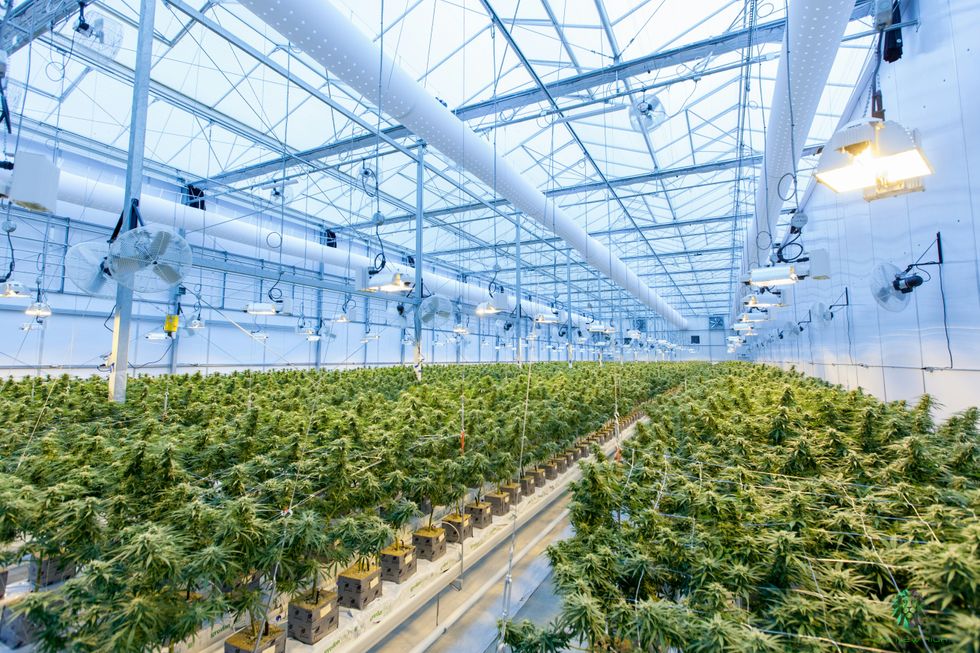 When it comes to pricing, cultivation methods matter - The Bluntness
Photo by
When it comes to pricing, cultivation methods matter - The Bluntness
Photo by 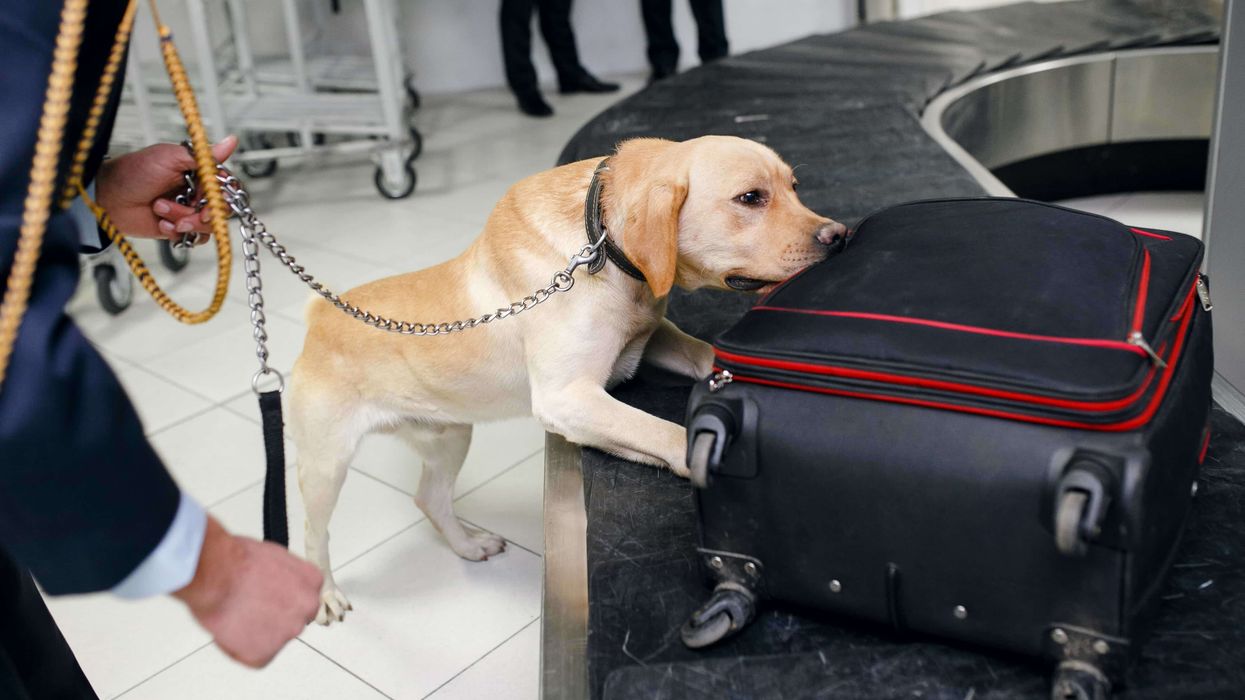
 Can Drug Dogs Smell Edibles? - The Bluntness
Photo by
Can Drug Dogs Smell Edibles? - The Bluntness
Photo by 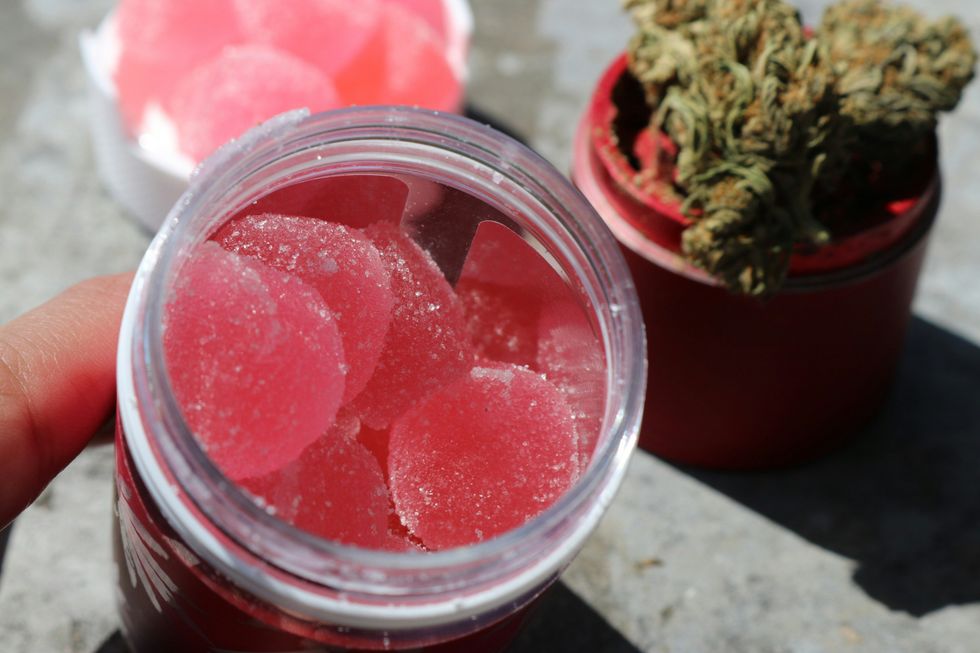 Can Drug Dogs Smell Edibles? - The Bluntness
Photo by
Can Drug Dogs Smell Edibles? - The Bluntness
Photo by 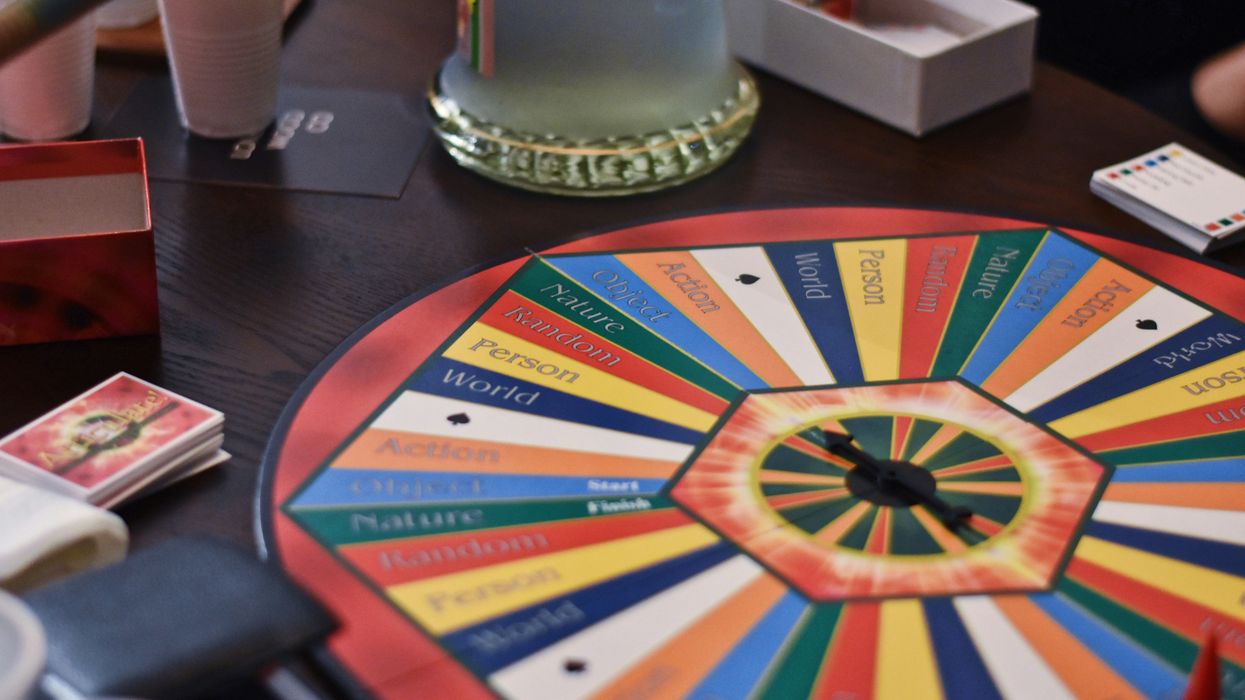
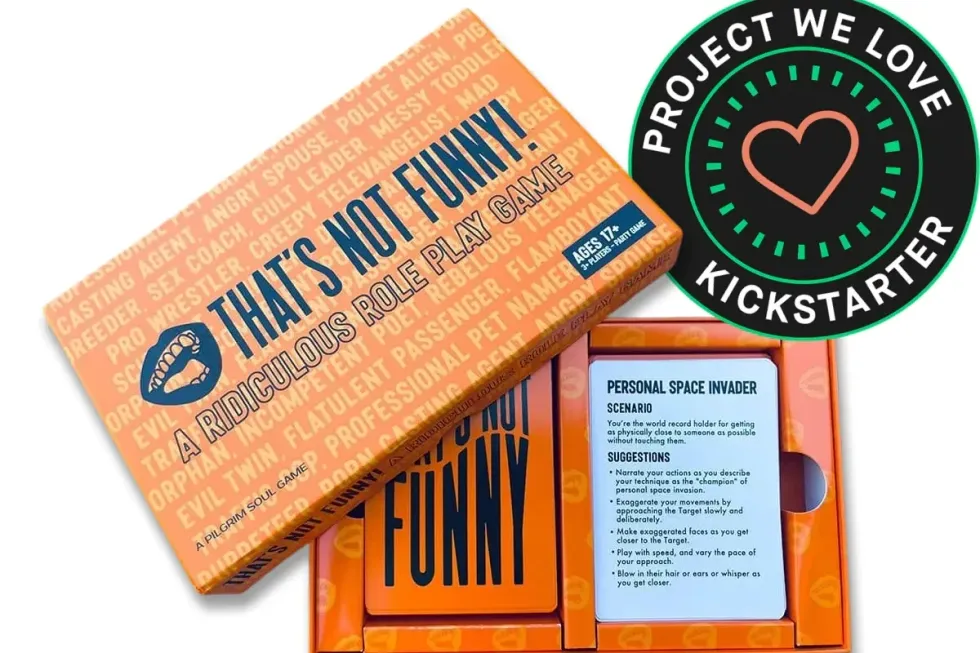
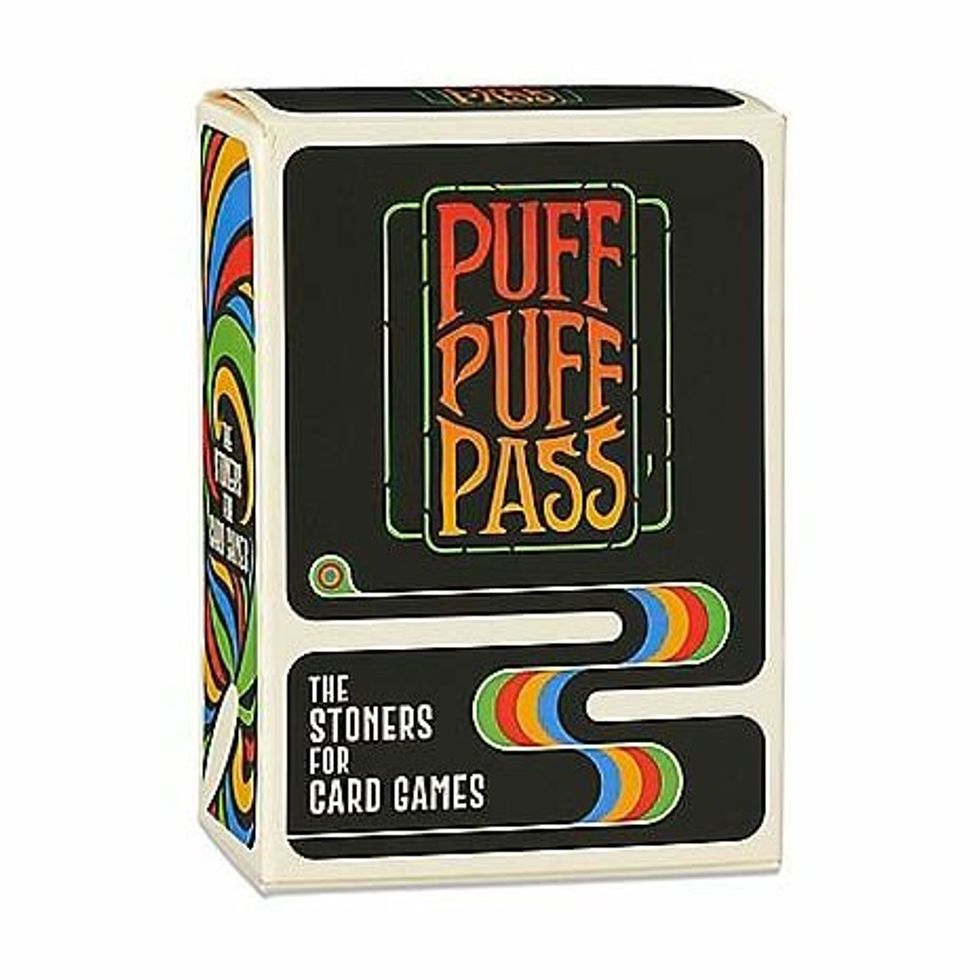
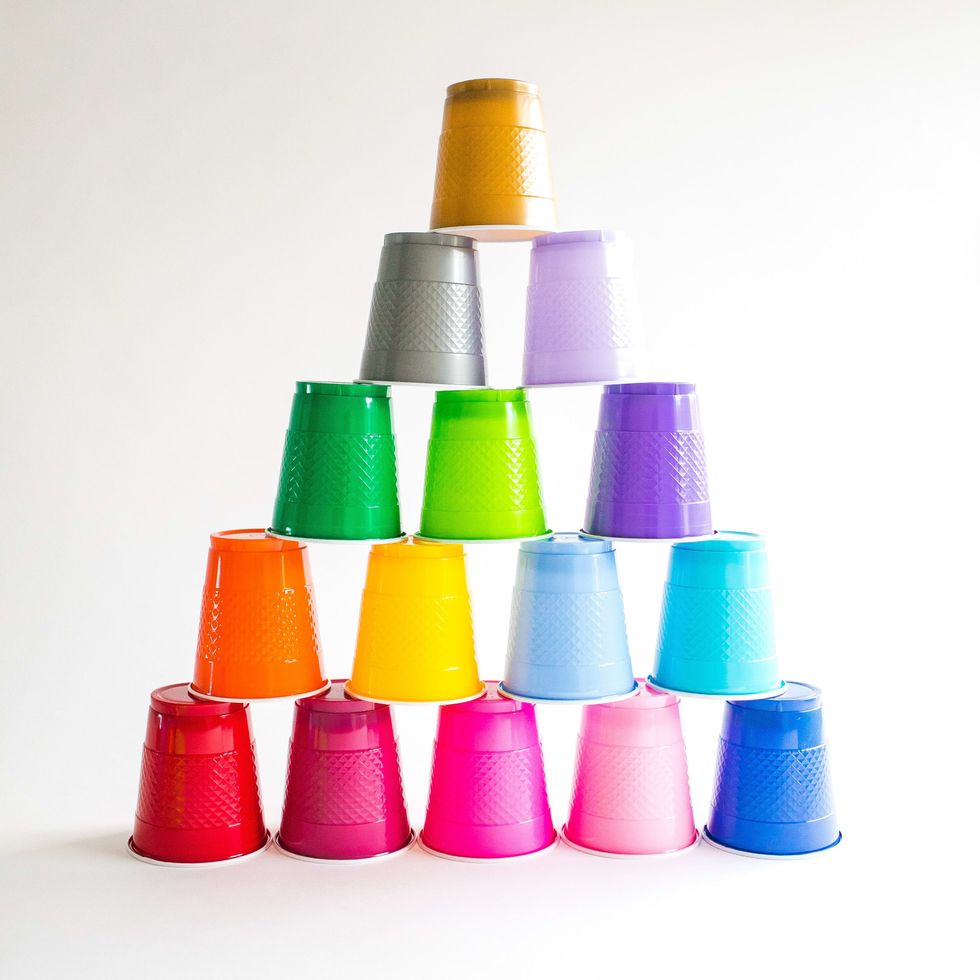
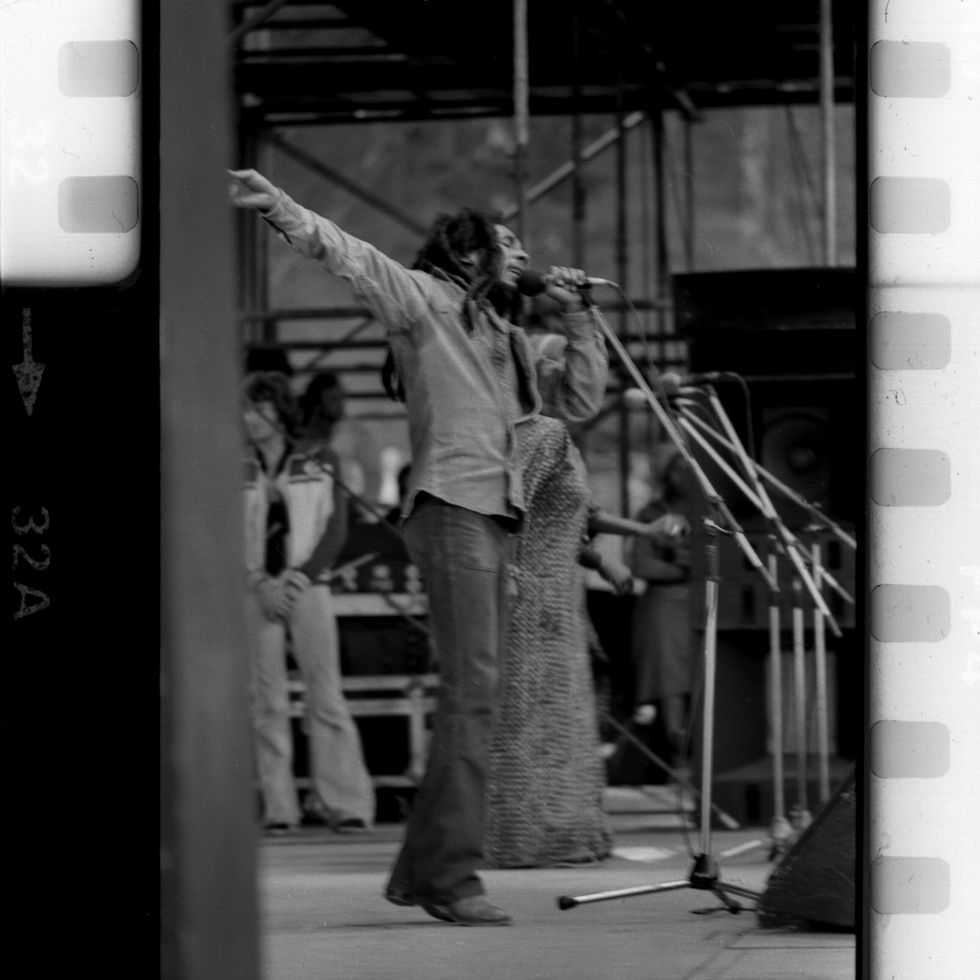 Best Weed Smoking Games to Try - Jammin'
Best Weed Smoking Games to Try - Jammin'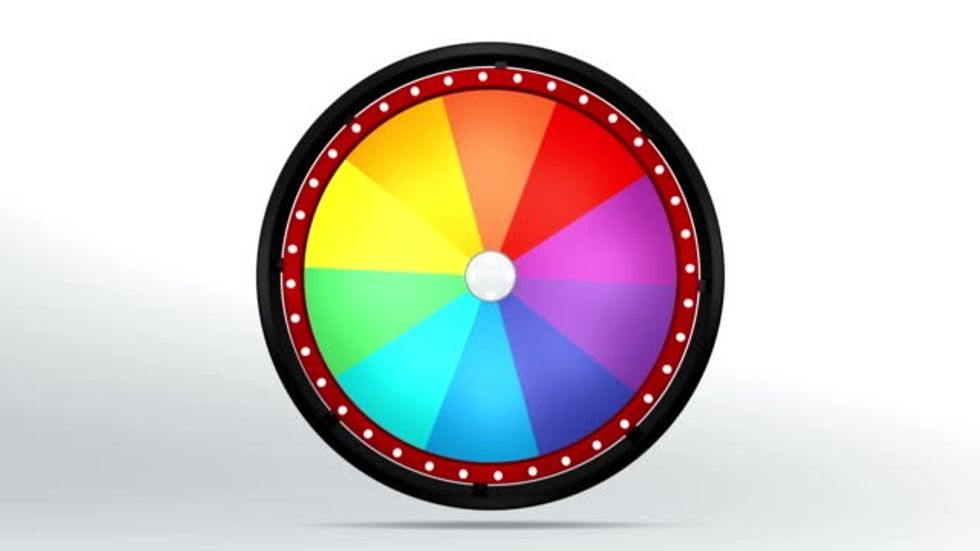 The 31 Best Weed Smoking Games To Try
The 31 Best Weed Smoking Games To Try The Best Weed Smoking Games
The Best Weed Smoking Games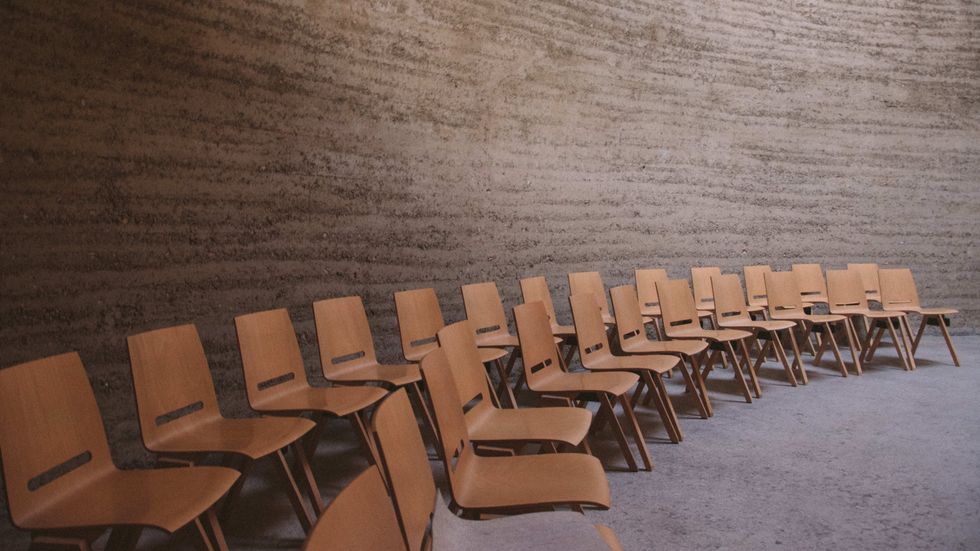 The Best Weed Smoking Games to Try
The Best Weed Smoking Games to Try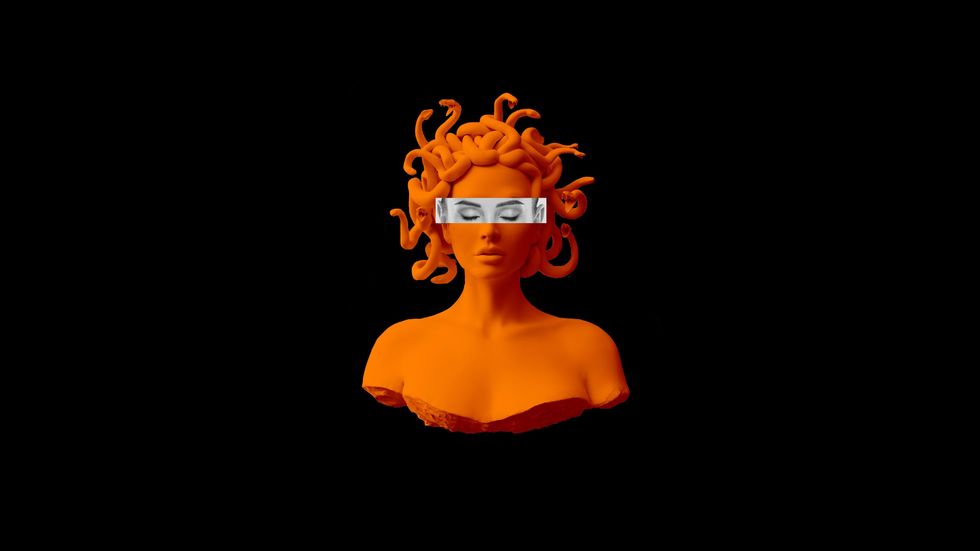
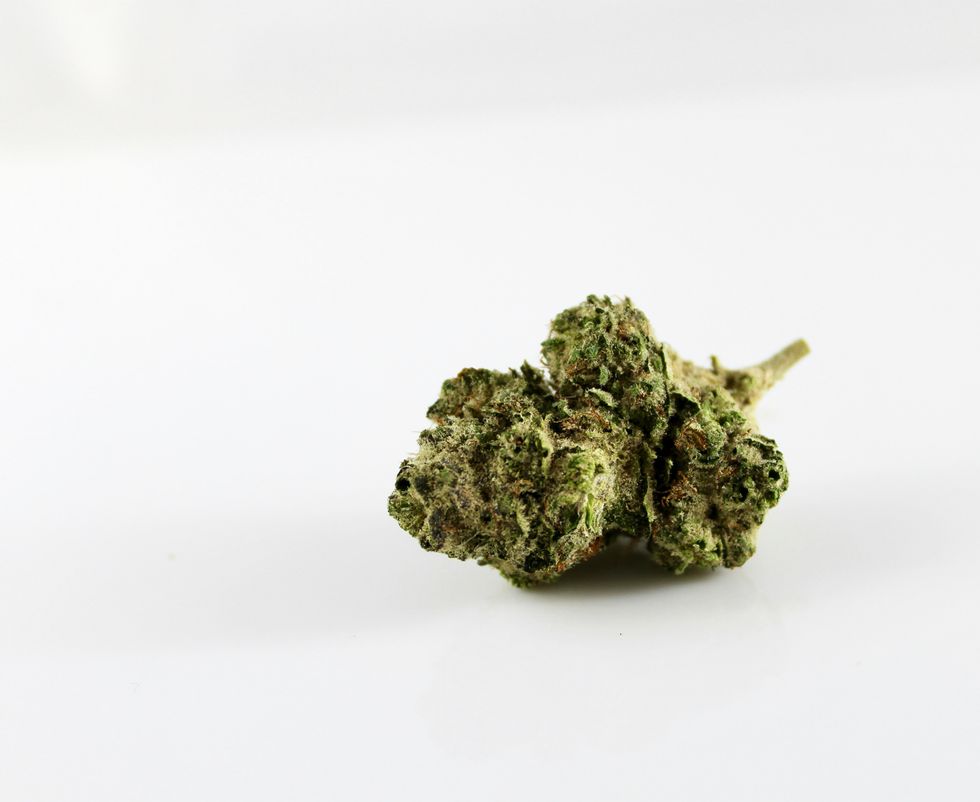
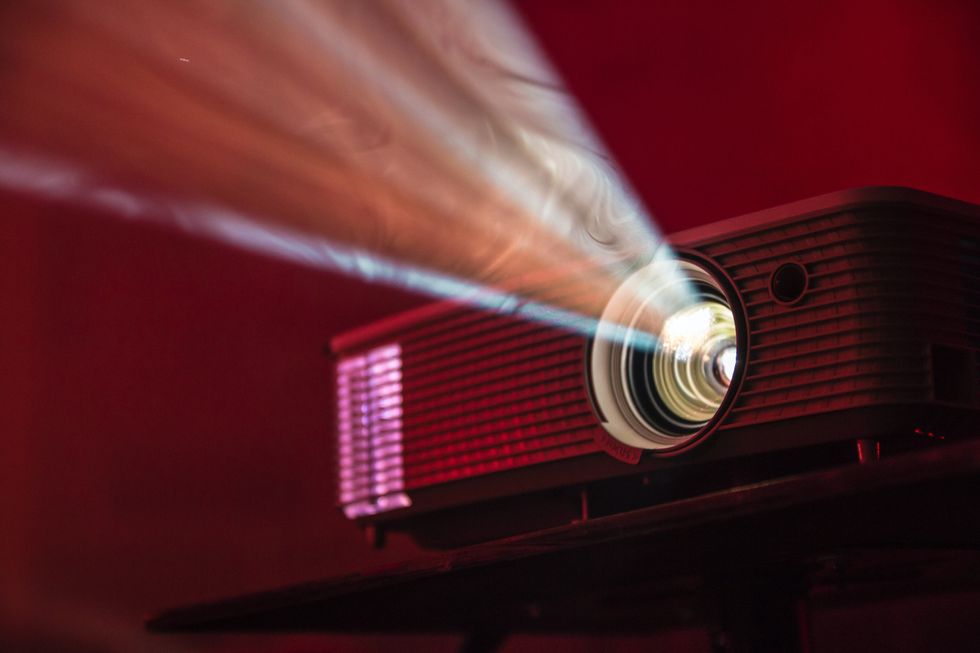 Stoner Games - Games to Play While High
Stoner Games - Games to Play While High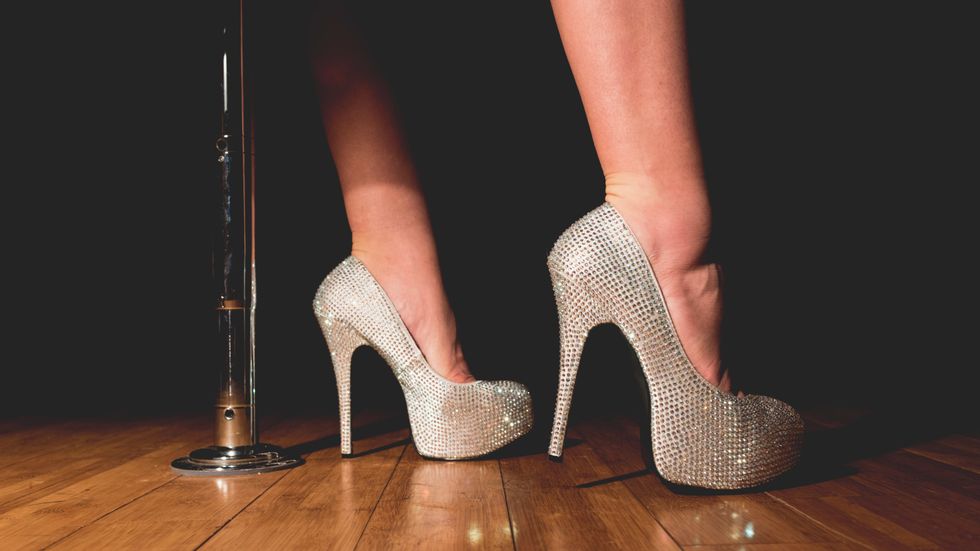 The Best Weed Smoking Games to Play
The Best Weed Smoking Games to Play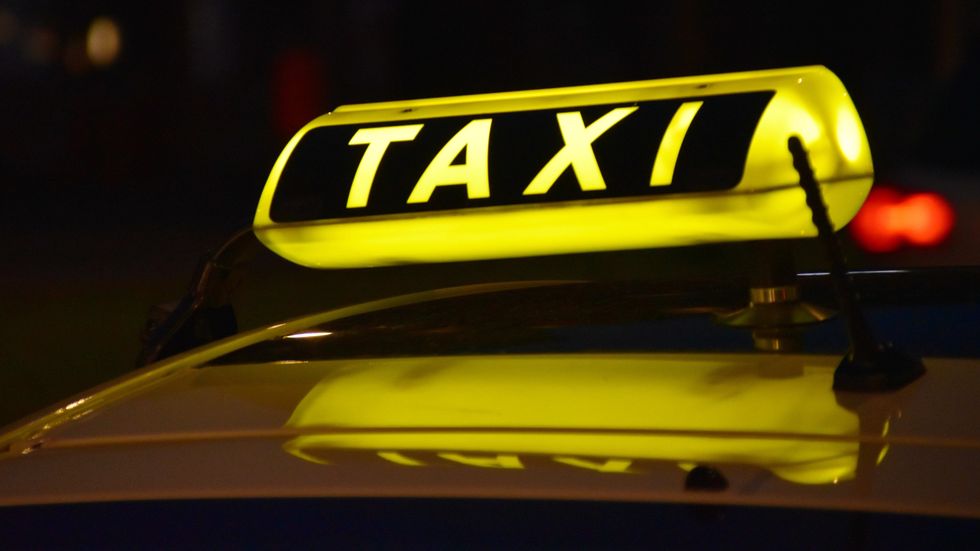 The Best Weed Smoking Games to Try
The Best Weed Smoking Games to Try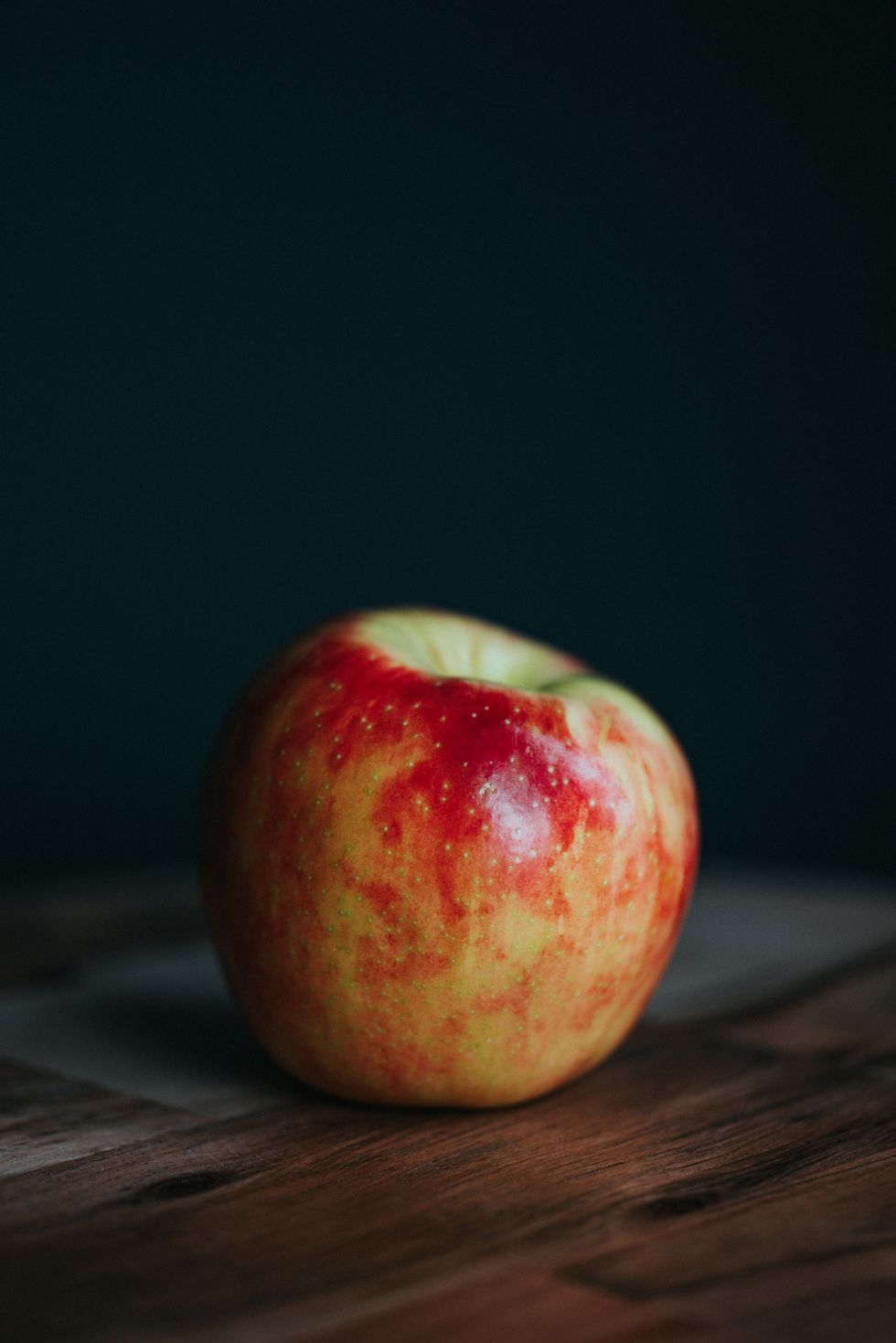
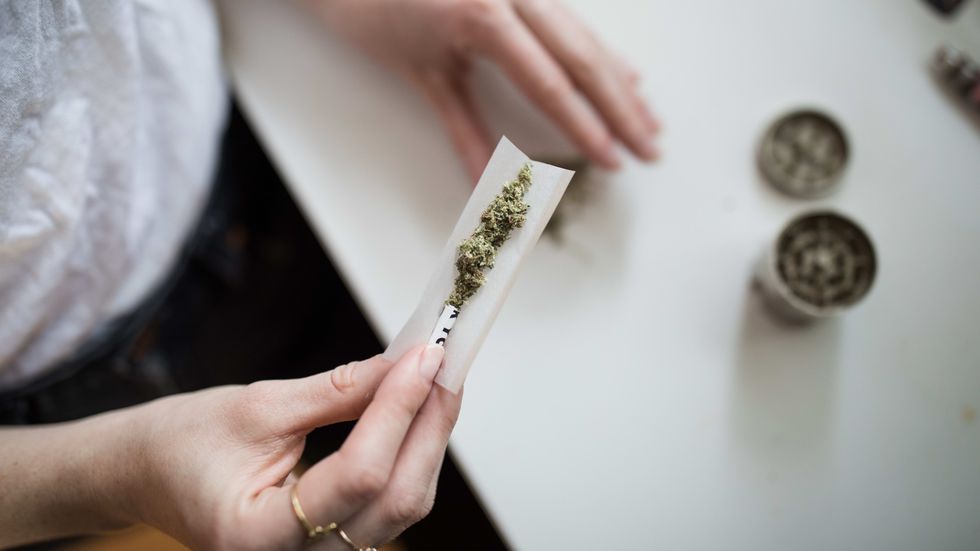 The Best Weed Smoking Games to Try
The Best Weed Smoking Games to Try
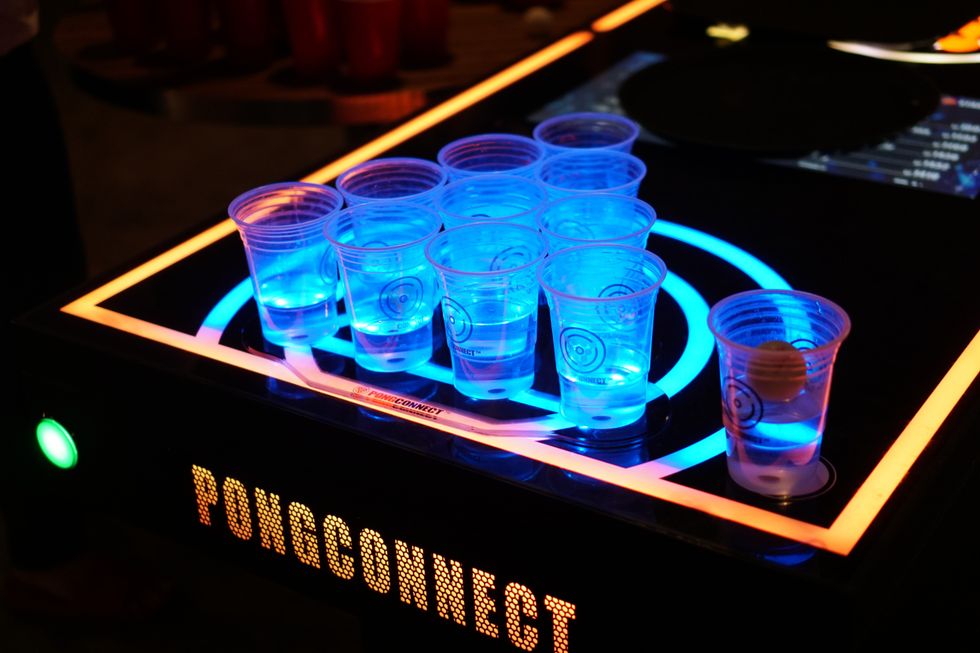 The Best Weed Smoking Games to Play
The Best Weed Smoking Games to Play The Best Weed Games to Play
The Best Weed Games to Play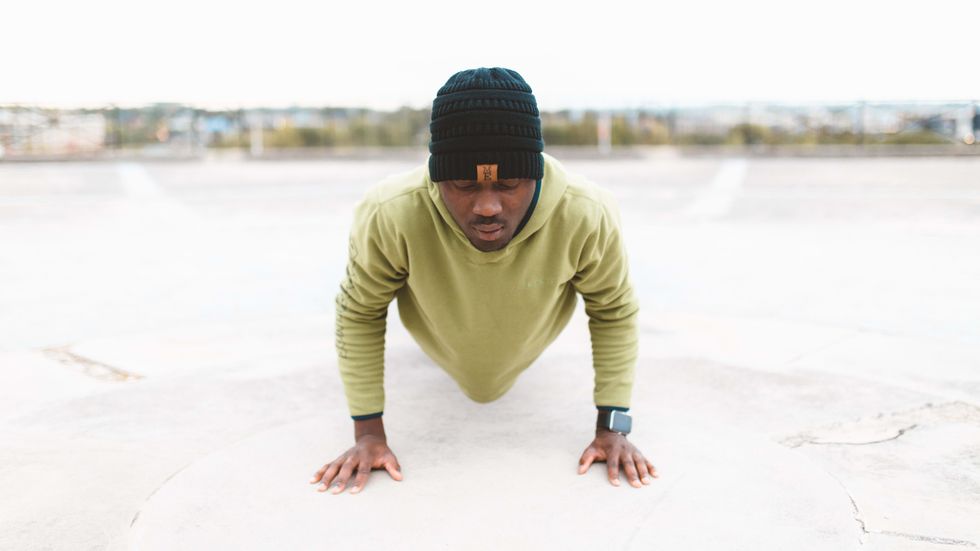 The Best Weed Smoking Games to Try
The Best Weed Smoking Games to Try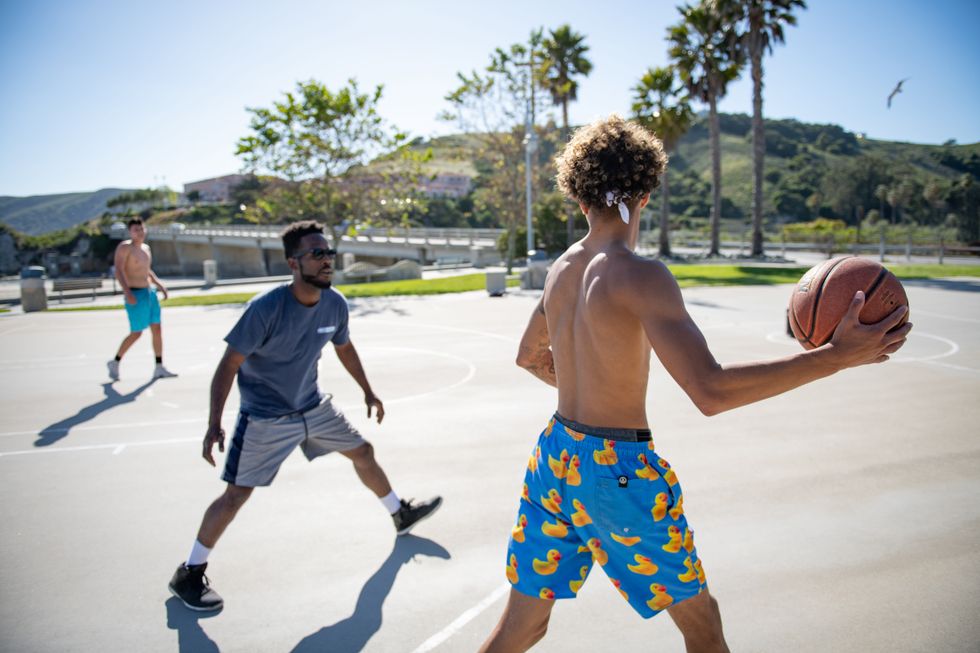 The Best Weed Smoking Games to Play
The Best Weed Smoking Games to Play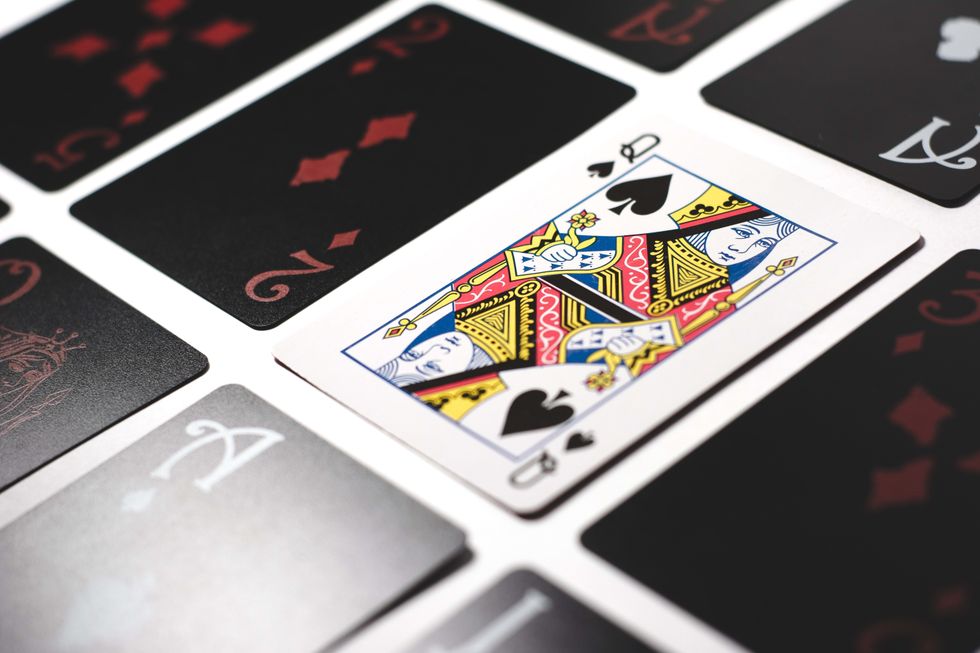 The Best Weed Smoking Games to Try
The Best Weed Smoking Games to Try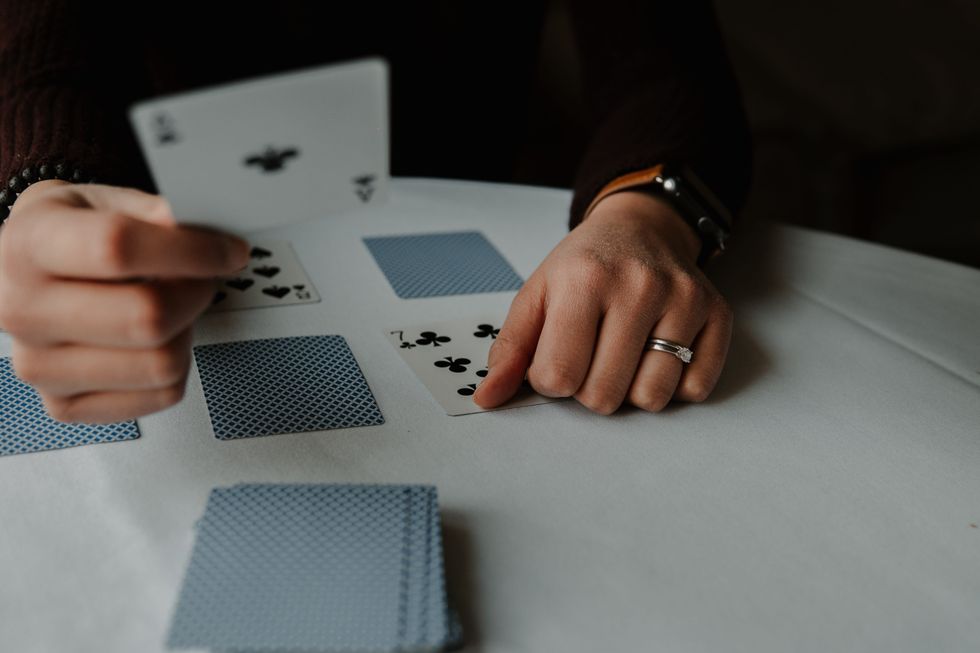 Games for Stoners
Games for Stoners 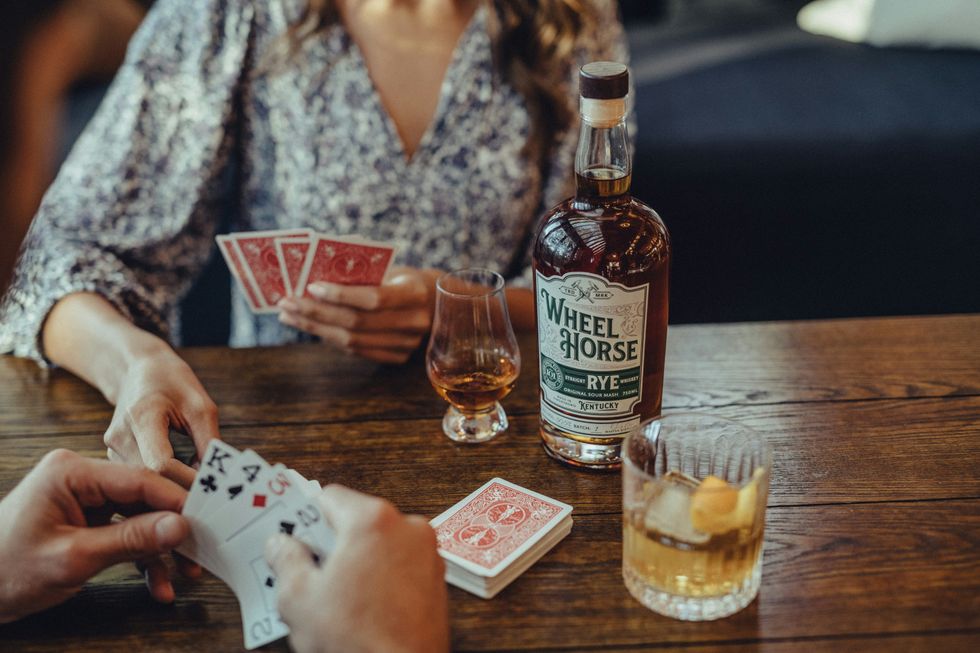 woman in white and blue floral shirt sitting beside woman in white and black floral shirtPhoto by
woman in white and blue floral shirt sitting beside woman in white and black floral shirtPhoto by 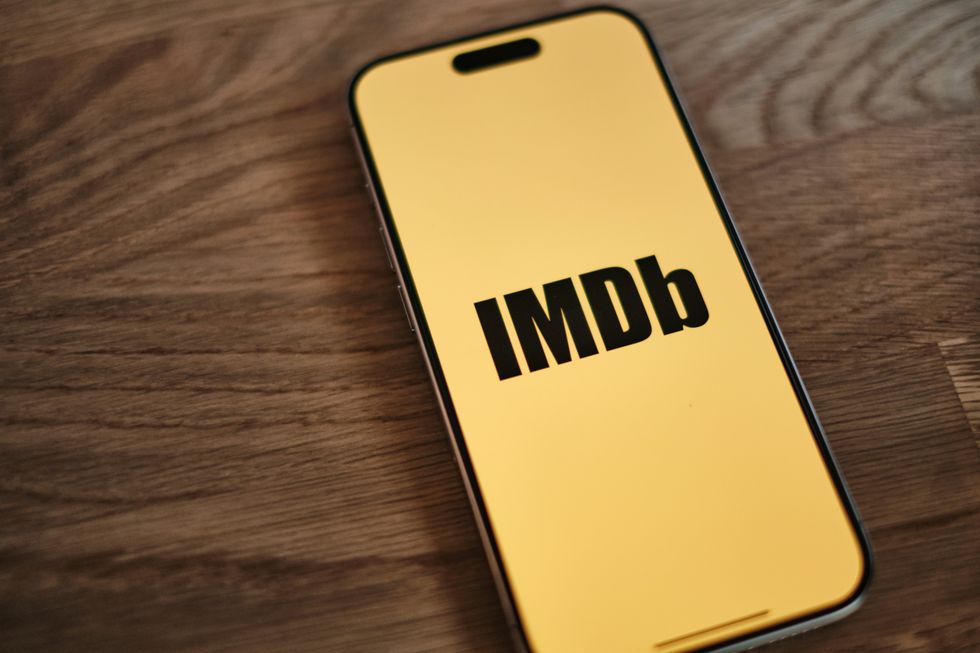
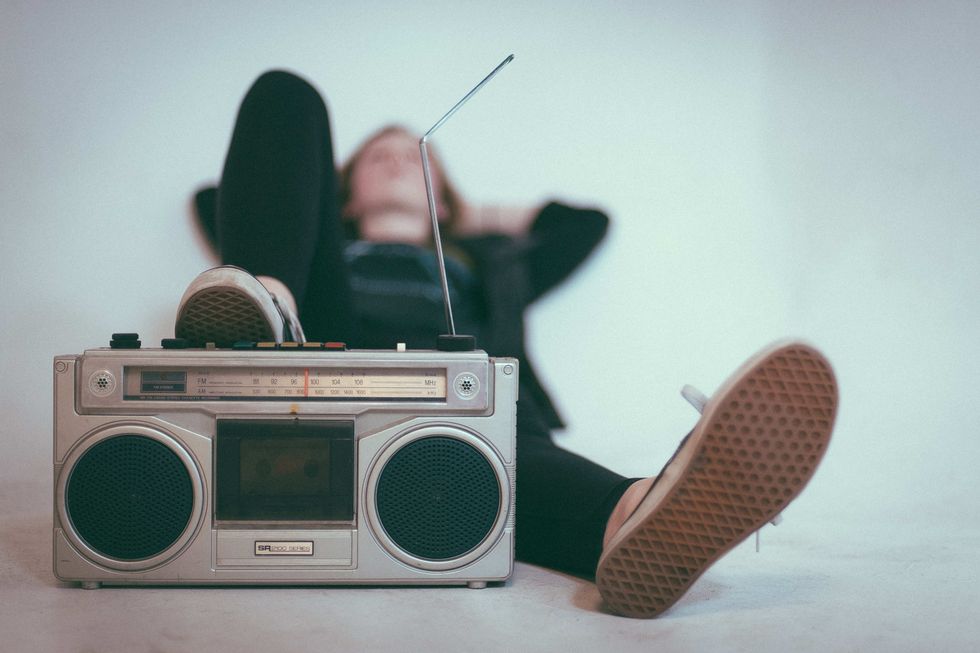 The Best Weed Smoking Games to Play
The Best Weed Smoking Games to Play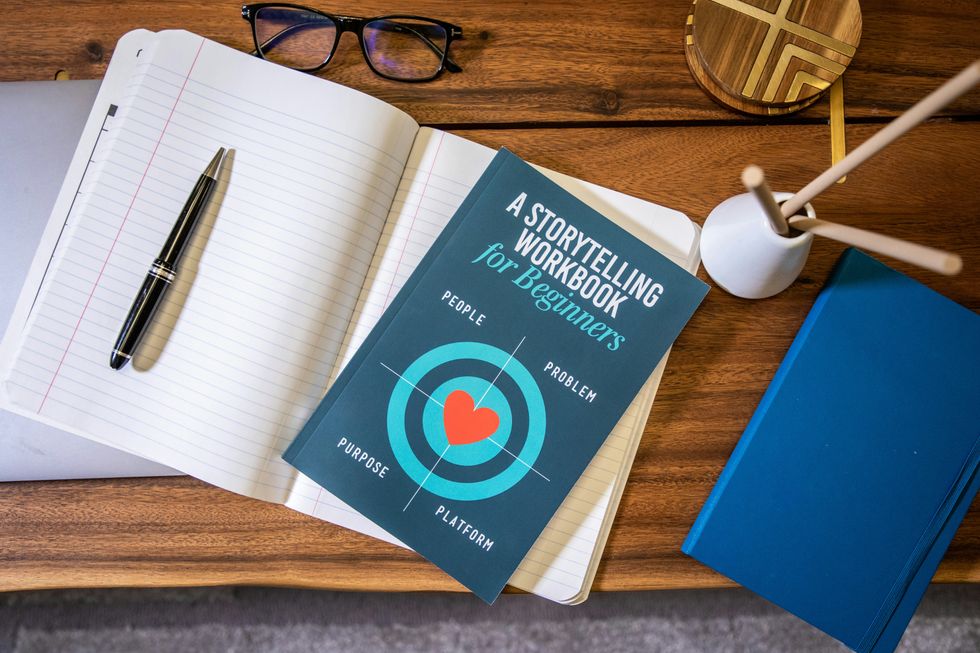
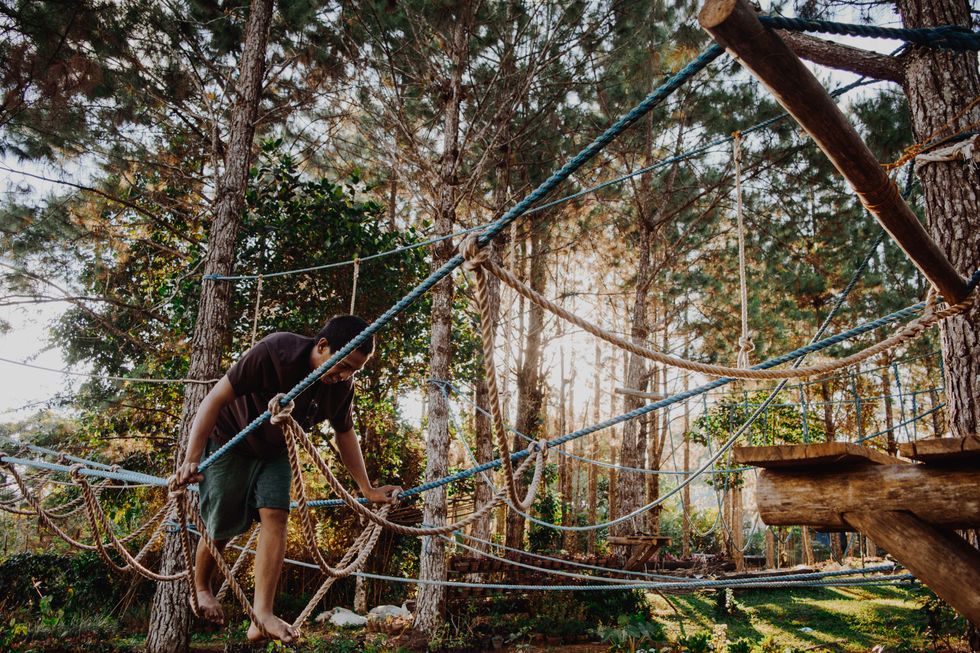 The Best Weed Smoking Games to Try
The Best Weed Smoking Games to Try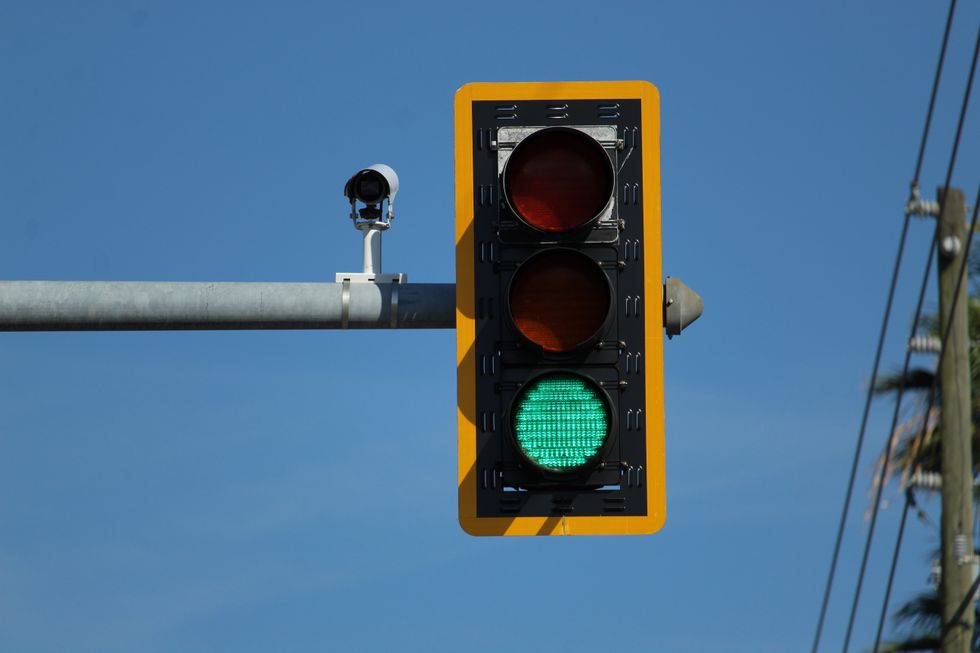 The Best Weed Smoking Games to Try
The Best Weed Smoking Games to Try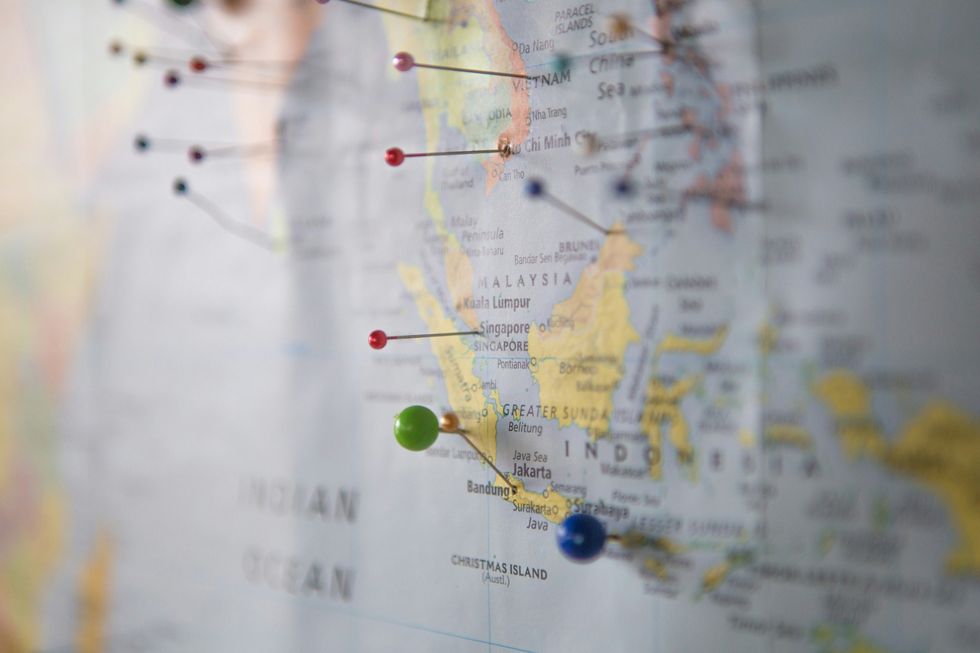 world map with pinsPhoto by
world map with pinsPhoto by 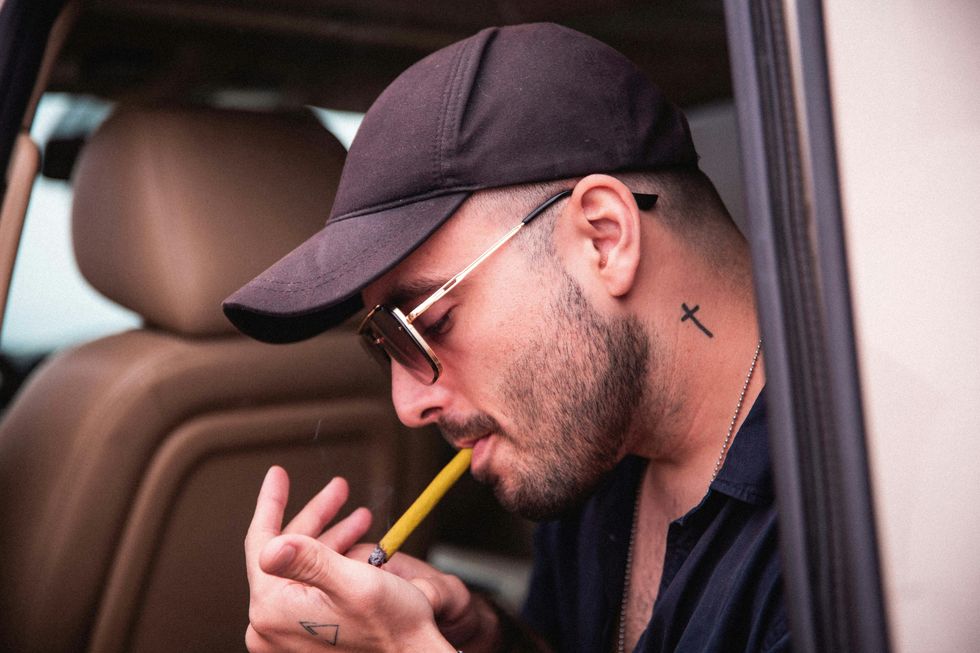
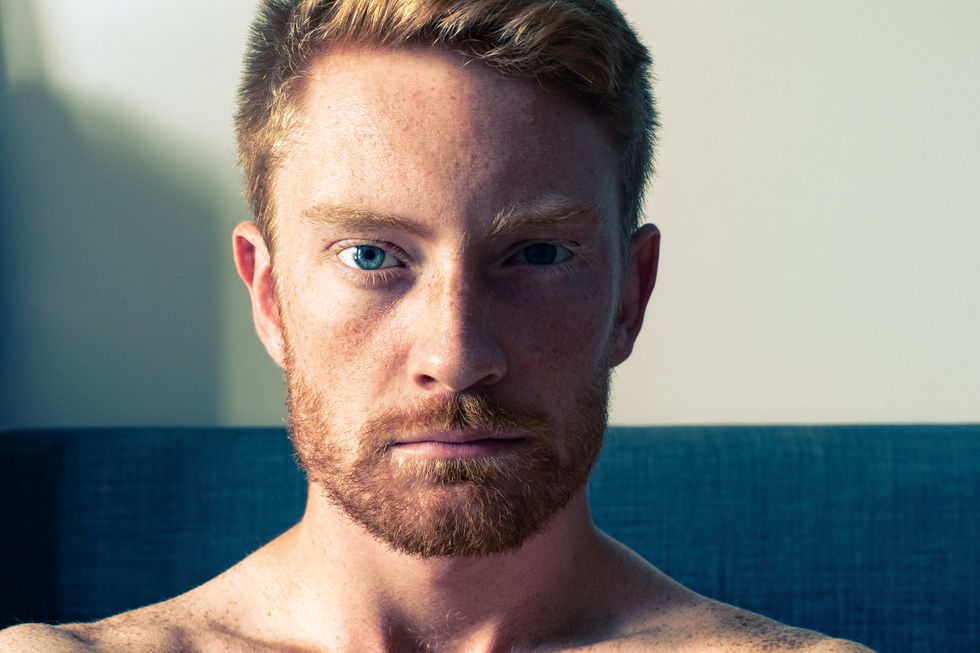 The Best Weed Smoking Games to Try
The Best Weed Smoking Games to Try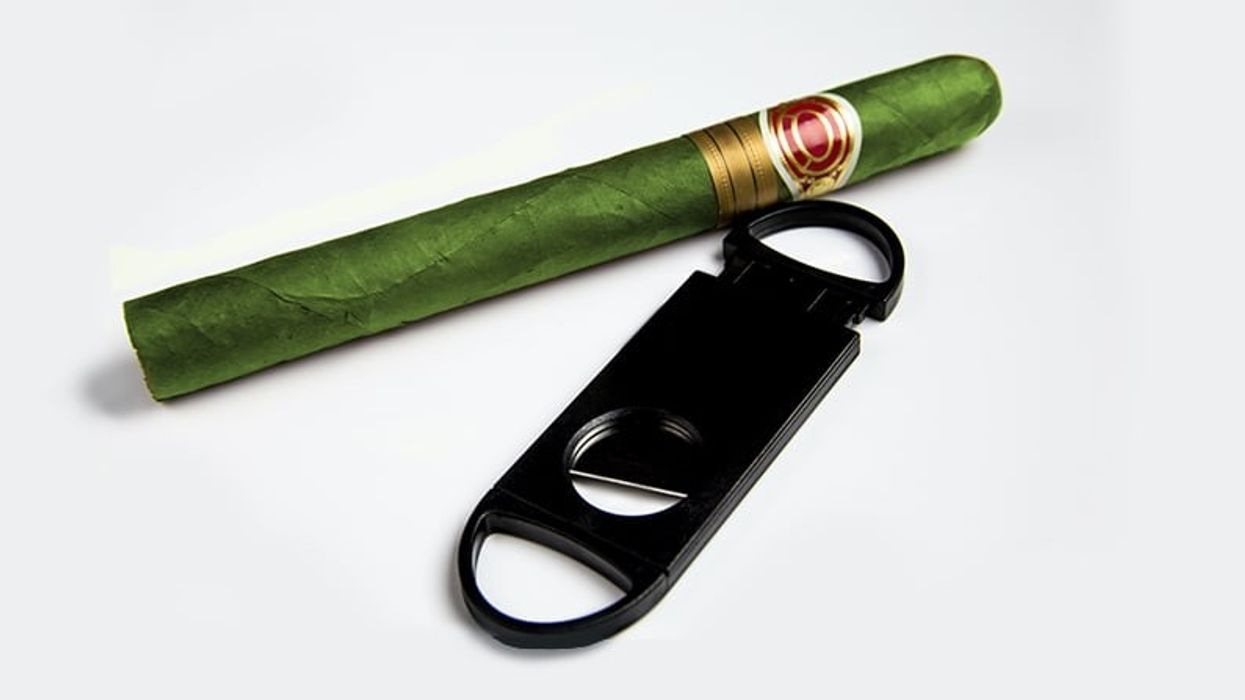
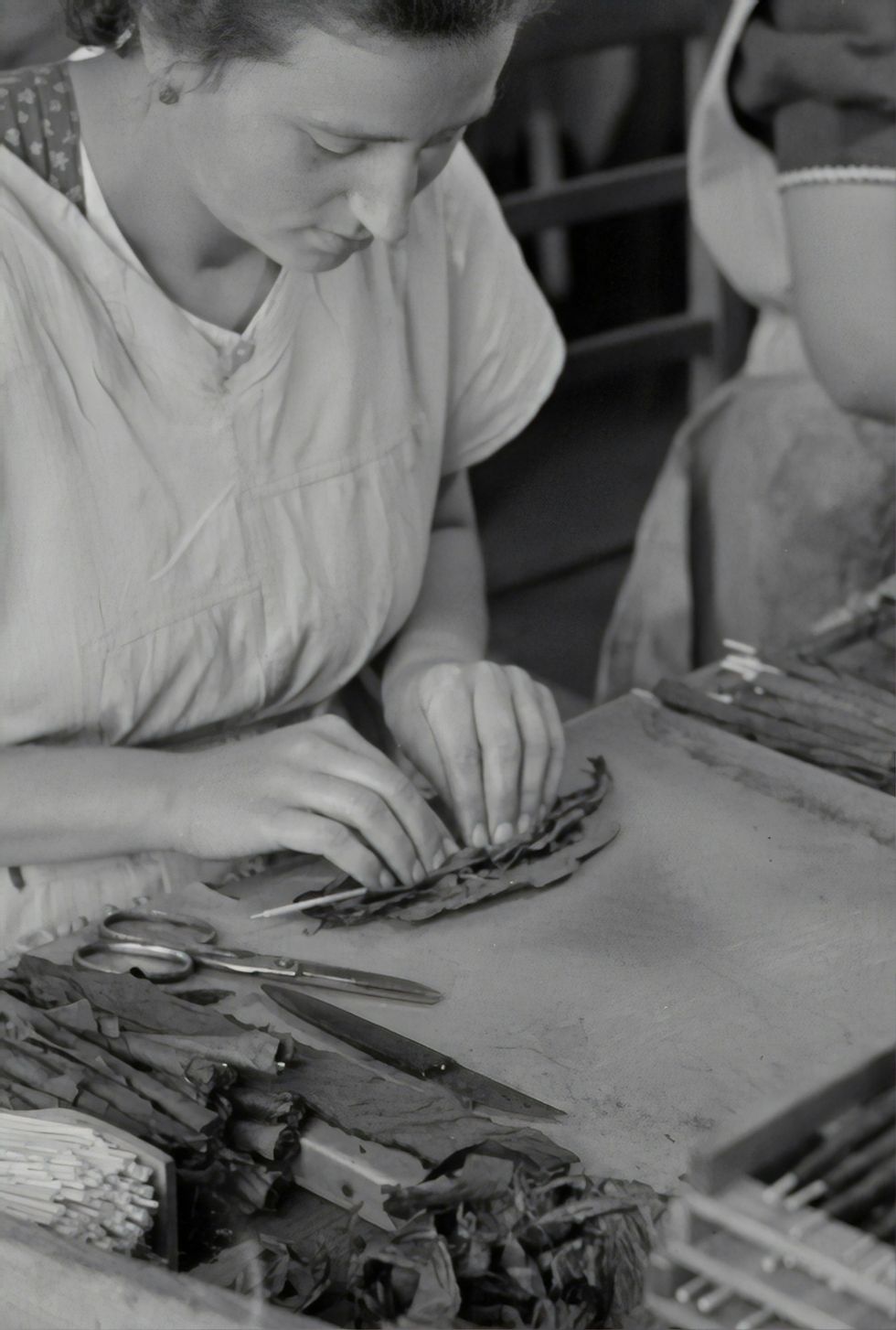 How to Make a Cannagar Without a Mold: A Comprehensive Guide - The Bluntness
Photo by
How to Make a Cannagar Without a Mold: A Comprehensive Guide - The Bluntness
Photo by